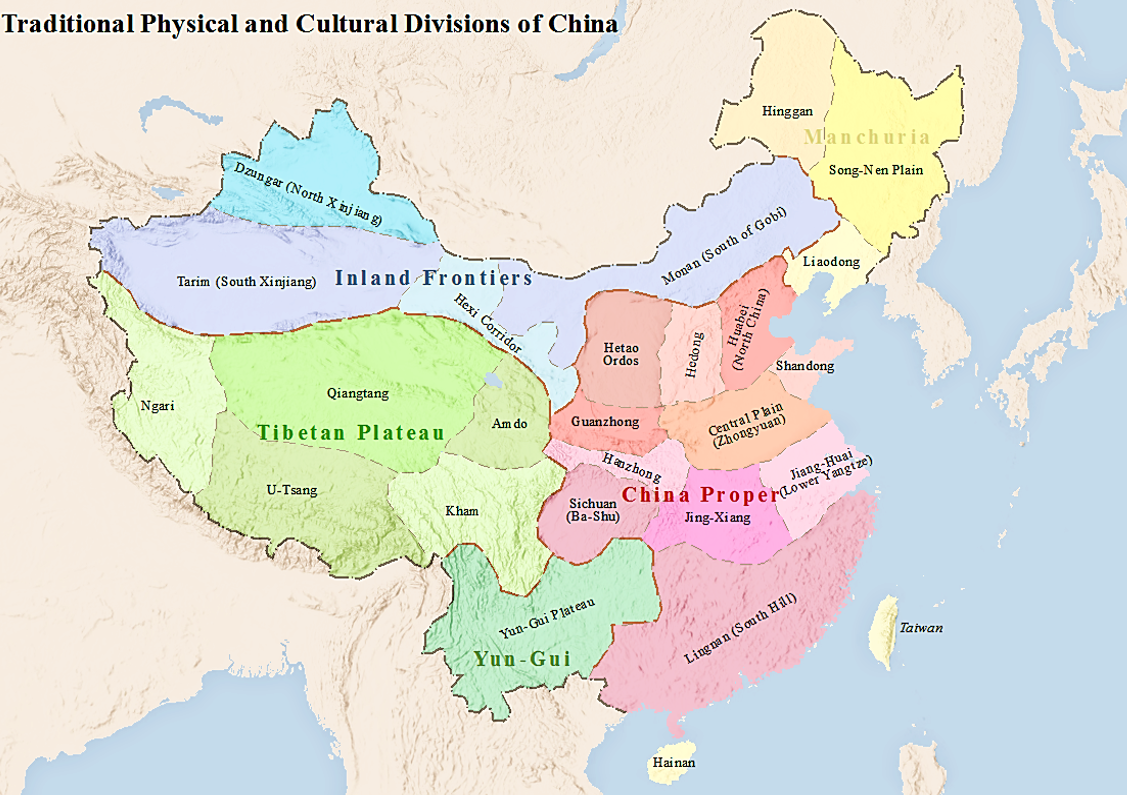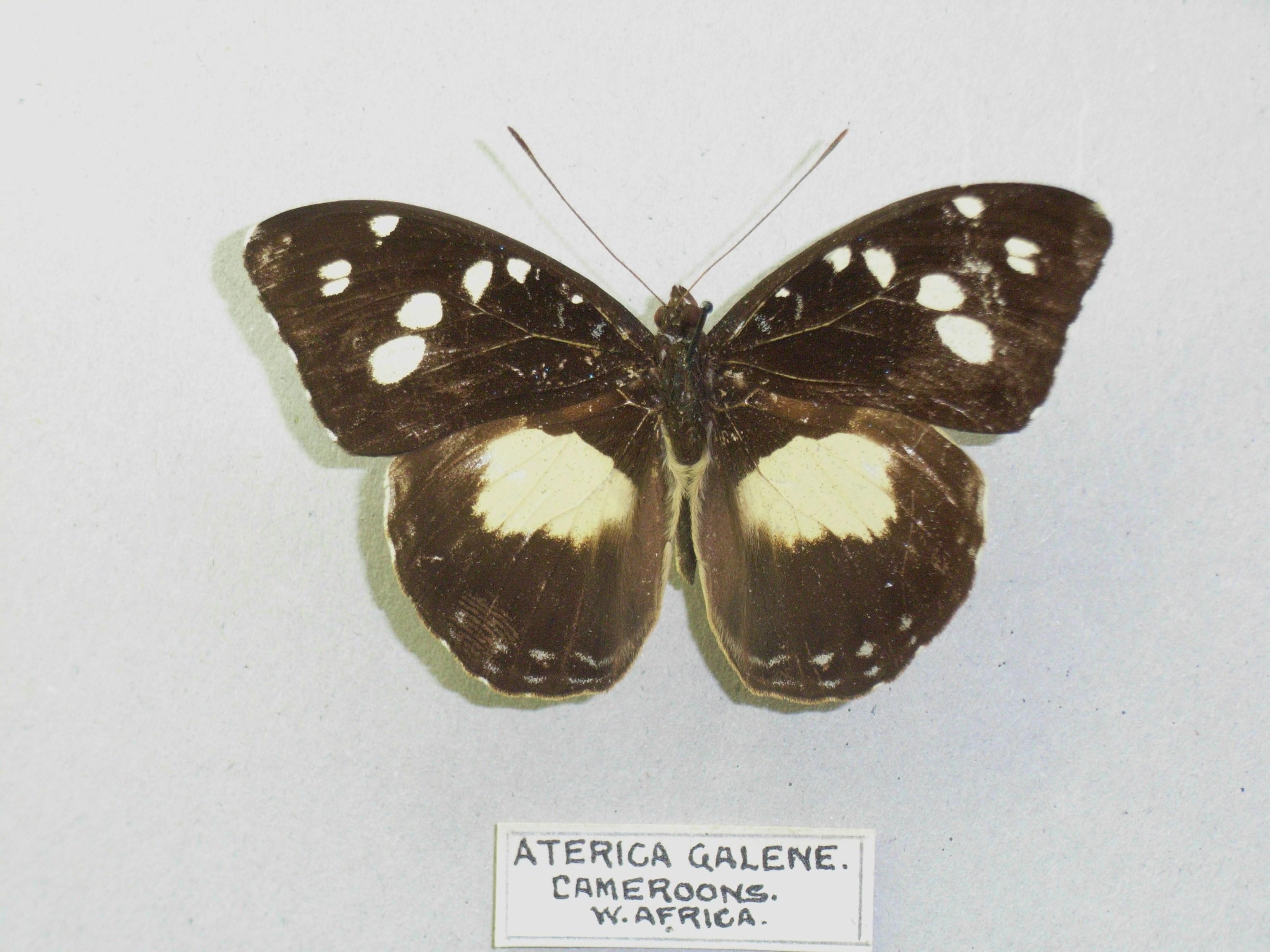|
Aldania Yunnana
''Aldania yunnana'' is a butterfly found in the Palearctic where it is endemic to China that belongs to the browns family. Description from Seitz N. yunnana Oberth. (55a) is extremely similar to the previous forms, smaller, the position of the markings as in ''Aldania thisbe ''Aldania thisbe'' is a butterfly in the family Nymphalidae. It is found in the Amur and Ussuri regions of Russia, central and north-eastern China and Korea. The habitat consists of open landscapes and forest canopy in broadleaved or mixed forest ...'', their colour bright yellow-ochre, the median band of the hindwing comparatively broad, canary yellow beneath, as are also the spots of the forewing. Before the band of the hindwing a reddish brown area in which are situated several purplish spots; costal margin ochreous yellow at the base, the distal margin brownish, traversed by reddish brown curved lines. Tsekou.Seitz, A. ed. Band 1: Abt. 1, ''Die Großschmetterlinge des palaearktischen Faunengebiet ... [...More Info...] [...Related Items...] OR: [Wikipedia] [Google] [Baidu] |
Adalbert Seitz
Friedrich Joseph Adalbert Seitz, (24 February 1860 in Mainz – 5 March 1938 in Darmstadt) was a German physician and entomologist who specialised in Lepidoptera. He was a director of the Frankfurt zoo from 1893 to 1908 and is best known for editing the multivolume reference on the butterflies and larger moths of the world ''Die Gross-Schmetterlinge der Erde'' which continued after his death. Biography Seitz was born in Mainz and went to school in Aschaffenburg, Darmstadt and Bensheim. He studied medicine from 1880 to 1885 and then zoology at Giessen. His doctorate was on the protective devices of animals. He worked as an assistant in the maternity hospital of the University of Giessen and then worked as a ship's doctor from 1887, travelling to Australia, South America and Asia. He began to collect butterflies on these travels. In 1891 he habilitated in zoology with a thesis on the biology of butterflies from the University of Giessen. In 1893 he took up a position as a director ... [...More Info...] [...Related Items...] OR: [Wikipedia] [Google] [Baidu] |
Charles Oberthür (entomologist)
Charles Oberthür (14 September 1845 – 1 June 1924) was a French amateur entomologist specializing in lepidoptera. Biography Charles Oberthür was born in Rennes, the son of the printer François-Charles Oberthür and Marie Hamelin, and brother of the entomologist René Oberthür. At the age of sixteen he entered the family printing house (which was responsible in particular for printing postal calendars and national lottery tickets) and quickly became a good lithographer. In 1870, he married Louise Le Ray. He is buried in the Cimetière du Nord in a chapel built by his brother-in-law Emmanuel Le Ray, a municipal architect. Politics Oberthür was for some time a member of the municipal council of Rennes. Between 1900 and 1906, he served as first deputy to the mayor, Eugène Pinault. In 1906, he ran as deputy for Ille-et-Vilaine against René Le Hérissé and Mr. Jaouen in the first constituency of the Arrondissement of Rennes. He scored well in the first round (8,151 votes ... [...More Info...] [...Related Items...] OR: [Wikipedia] [Google] [Baidu] |
Butterfly
Butterflies are insects in the macrolepidopteran clade Rhopalocera from the Order (biology), order Lepidoptera, which also includes moths. Adult butterflies have large, often brightly coloured wings, and conspicuous, fluttering flight. The group comprises the large superfamily (zoology), superfamily Papilionoidea, which contains at least one former group, the skippers (formerly the superfamily "Hesperioidea"), and the most recent analyses suggest it also contains the moth-butterflies (formerly the superfamily "Hedyloidea"). Butterfly fossils date to the Paleocene, about 56 million years ago. Butterflies have a four-stage life cycle, as like most insects they undergo Holometabolism, complete metamorphosis. Winged adults lay eggs on the food plant on which their larvae, known as caterpillars, will feed. The caterpillars grow, sometimes very rapidly, and when fully developed, pupate in a chrysalis. When metamorphosis is complete, the pupal skin splits, the adult insect climbs o ... [...More Info...] [...Related Items...] OR: [Wikipedia] [Google] [Baidu] |
Palearctic
The Palearctic or Palaearctic is the largest of the eight biogeographic realms of the Earth. It stretches across all of Eurasia north of the foothills of the Himalayas, and North Africa. The realm consists of several bioregions: the Euro-Siberian region; the Mediterranean Basin; the Sahara and Arabian Deserts; and Western, Central and East Asia. The Palaearctic realm also has numerous rivers and lakes, forming several freshwater ecoregions. The term 'Palearctic' was first used in the 19th century, and is still in use as the basis for zoogeographic classification. History In an 1858 paper for the ''Proceedings of the Linnean Society'', British zoologist Philip Sclater first identified six terrestrial zoogeographic realms of the world: Palaearctic, Aethiopian/Afrotropic, Indian/Indomalayan, Australasian, Nearctic, and Neotropical. The six indicated general groupings of fauna, based on shared biogeography and large-scale geographic barriers to migration. Alfred Wallace a ... [...More Info...] [...Related Items...] OR: [Wikipedia] [Google] [Baidu] |
Endemism
Endemism is the state of a species being found in a single defined geographic location, such as an island, state, nation, country or other defined zone; organisms that are indigenous to a place are not endemic to it if they are also found elsewhere. For example, the Cape sugarbird is found exclusively in southwestern South Africa and is therefore said to be ''endemic'' to that particular part of the world. An endemic species can be also be referred to as an ''endemism'' or in scientific literature as an ''endemite''. For example '' Cytisus aeolicus'' is an endemite of the Italian flora. '' Adzharia renschi'' was once believed to be an endemite of the Caucasus, but it was later discovered to be a non-indigenous species from South America belonging to a different genus. The extreme opposite of an endemic species is one with a cosmopolitan distribution, having a global or widespread range. A rare alternative term for a species that is endemic is "precinctive", which applies to ... [...More Info...] [...Related Items...] OR: [Wikipedia] [Google] [Baidu] |
Geography Of China
China has great physical diversity. The eastern plains and southern coasts of the country consist of fertile lowlands and foothills. They are the location of most of China's agricultural output and human population. The southern areas of the country (South of the Yangtze River) consist of hilly and mountainous terrain. The west and north of the country are dominated by sunken basins (such as the Gobi and the Taklamakan), rolling plateaus, and towering massifs. It contains part of the highest tableland on earth, the Tibetan Plateau, and has much lower agricultural potential and population. Traditionally, the Chinese population centered on the Chinese central plain and oriented itself toward its own enormous inland market, developing as an imperial power whose center lay in the middle and lower reaches of the Yellow River on the northern plains. More recently, the coastline has been used extensively for export-oriented trade, causing the coastal provinces to become the lead ... [...More Info...] [...Related Items...] OR: [Wikipedia] [Google] [Baidu] |
Nymphalidae
The Nymphalidae are the largest family of butterflies, with more than 6,000 species distributed throughout most of the world. Belonging to the superfamily Papilionoidea, they are usually medium-sized to large butterflies. Most species have a reduced pair of forelegs and many hold their colourful wings flat when resting. They are also called brush-footed butterflies or four-footed butterflies, because they are known to stand on only four legs while the other two are curled up; in some species, these forelegs have a brush-like set of hairs, which gives this family its other common name. Many species are brightly coloured and include popular species such as the emperors, monarch butterfly, admirals, tortoiseshells, and fritillaries. However, the under wings are, in contrast, often dull and in some species look remarkably like dead leaves, or are much paler, producing a cryptic effect that helps the butterflies blend into their surroundings. Nomenclature Rafinesque introduced ... [...More Info...] [...Related Items...] OR: [Wikipedia] [Google] [Baidu] |
Aldania Thisbe
''Aldania thisbe'' is a butterfly in the family Nymphalidae. It is found in the Amur and Ussuri regions of Russia, central and north-eastern China and Korea. The habitat consists of open landscapes and forest canopy in broadleaved or mixed forests with a mixture of oak. Adults are on wing from June to July. The larvae feed on ''Quercus mongolica ''Quercus mongolica'', commonly known as Mongolian oak, is a species of oak An oak is a tree or shrub in the genus ''Quercus'' (; Latin "oak tree") of the beech family, Fagaceae. There are approximately 500 extant species of oaks. The commo ...''. Subspecies *''Aldania thisbe thisbe'' *''Aldania thisbe obscurior'' (Oberthür, 1906) *''Aldania thisbe dilutior'' (Oberthür, 1906) References Butterflies described in 1859 Limenitidinae {{Limenitidinae-stub ... [...More Info...] [...Related Items...] OR: [Wikipedia] [Google] [Baidu] |
Limenitidinae
The Limenitidinae are a subfamily of butterflies that includes the admirals and relatives. The common names of many species and genera reference military ranks or – namely the Adoliadini – titles of nobility (e.g., count, duke, earl, and marquis), in reference to these butterflies' large size, bold patterns, and dashing flight. In particular, the light stripe running lengthwise across the wings of many Limenitidini has reminded earlier authors of Officer (armed forces), officers' (e.g. admiral, commander, Commodore (rank), commodore) shoulder marks and epaulets. In flight, many of these butterflies have the habit of flapping their wings, so the (usually) bright upperside and the crypsis, cryptic underside alternate for the observer, then gliding for prolonged distances, with the motionless wings held outstretched. The common names of some Limenitidinae – "aeroplanes", "clippers", or "Flying and gliding animals, gliders" – refer to this flight pattern. Systematics Th ... [...More Info...] [...Related Items...] OR: [Wikipedia] [Google] [Baidu] |

_male_in_flight.jpg)
.jpg)

.jpg)
